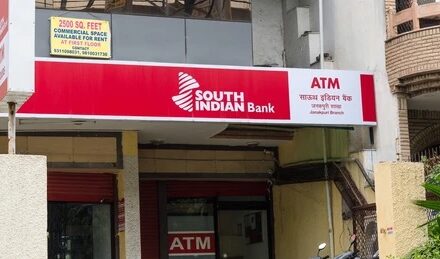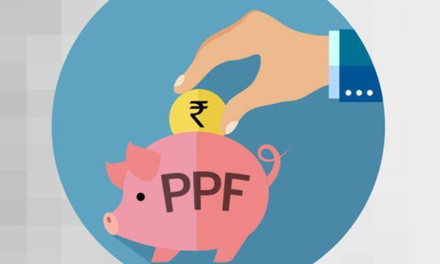Two‑wheelers dominate India’s personal transport. From students in small towns to farmers in remote villages, the humble two-wheeler isn’t just a ride—it’s a passport to opportunity. In 2025, affordable loans powered this revolution. India accounted for about 19.6 million sales in FY 2024‑25, with over 9% growth, led by improved rural demand and affordable financing.
In 2025, they are not just vehicles—they represent economic opportunity, financial inclusion, and last‑mile connectivity. Especially when backed by accessible loans, they become mobility enablers for both rural and urban households.
But what does this shift look like on the ground—especially in areas where mobility was once a barrier? Let’s take a look at it.
Empowering Livelihoods in Rural India
In India’s villages, mobility is often limited by sparse public transport and poor road networks . A two‑wheeler means access to input markets, schools, healthcare, and jobs beyond one’s local community.
Two‑wheeler loans cover up to 95% of on‑road costs, repaid over 12–48 months, making ownership possible even for monthly-wage families. Dealerships in semi-urban areas partner with banks to finalize loans with minimal documentation at the village level.
For example, purchasing a used scooter on loan enables rural women artisans to deliver goods or travel to markets—turning mobility into economic autonomy.
Urban Growth Backed by Loan-Driven Convenience
Urban India also relies heavily on two‑wheelers. Rising incomes, budget traffic solutions, and urgent commutes drive demand. In May 2025, two‑wheelers grew 2.2% YoY in urban dispatches, outpacing passenger vehicles.
Low-ticket financing—EMIs ranging ₹800–₹2,000—and institutions offering loans starting at affordable interest make two‑wheeler ownership viable in urban middle-class households.
This trend supports metro commuters as well as part-time delivery or gig-economy workers.
Boosting Economic Growth Through Rural Mobility
Accessible credit for buying two‑wheelers creates a ripple effect:
- Rural dealerships sell more, expanding support services.
- Greater mobility encourages small businesses, delivery, and services.
- Data from FADA shows a 7.3% increase in two‑wheeler retail May 2025, primarily driven by rural demand.
This cycle fuels employment and strengthens local rural economies.
First-time Borrowers and Credit Inclusion
Two‑wheeler loans are often many rural and young borrowers’ first interaction with formal finance. This builds credit history and demonstrates repayment behaviour—opening doors for:
- Future home or SME loans
- Agri-input loans
- Credit-linked benefit schemes
This shift supports India’s drive toward financial inclusion without compromising credit discipline and indicating strong rural loan book acceptability.
Role of Small Banks & Local Finance Providers
Small Finance Banks —such as Ujjivan SFB—have embedded themselves deeply in Tier III and rural India, offering:
- Doorstep servicing
- Flexible EMI options
- Vehicle-specific insurance tie-ups
- Community-level staff
Their reach supports high-volume two-wheeler loans in regions where public banks lack presence.
Risks & Challenges to Address
While growth is promising, careful oversight is needed:
- Rising NPAs in smaller loans can strain portfolios.
- Rural distress—like farm income drops—raises default risk.
- Low awareness of vehicle insurance increases vulnerability.
- Ensuring safety access and financing for active two‑wheeler use is critical.
Addressing these needs requires stronger financial literacy efforts and integrated insurance offerings.
Policy Recommendations for Future Growth
To ensure sustainable growth in two‑wheeler financing:
- Expand rural credit infrastructure: strengthen NBFC, SFB, and dealership tie-ups
- Promote digital onboarding: Aadhaar-based KYC, e-documents, and remote approvals
- Bundle safety & insurance: include personal and vehicle insurance in loan offers
- Support EV financing: battery-swap models and subsidy‑linked credit incentives
- Enhance financial education: focus on poor repayment patterns and loan defaults
Such policies help maintain affordability while building a robust credit ecosystem.
Final Thoughts
Two‑wheeler loans are more than vehicle financers—they are drivers of mobility, economic opportunity, and credit inclusion. In recent years, they are transforming rural markets, enabling urban upkeep, and facilitating the EV push.
As India’s rural roads improve and EV adoption grows, accessible financing ensures citizens can move forward—literally and economically.
By aligning financial products with on-ground realities, stakeholders—from NBFCs to banks and regulators—can help two-wheelers accelerate India’s journey toward mobility equality and broader rural prosperity.





